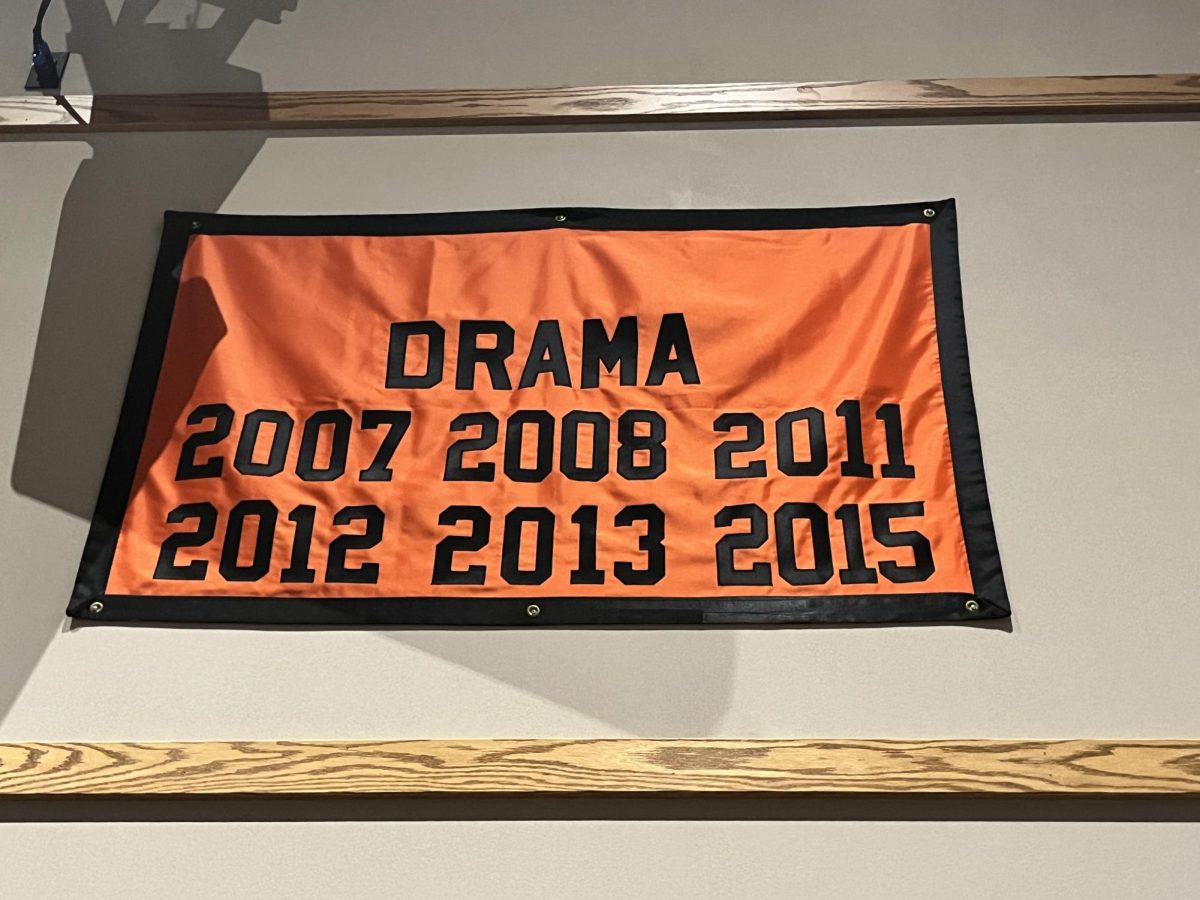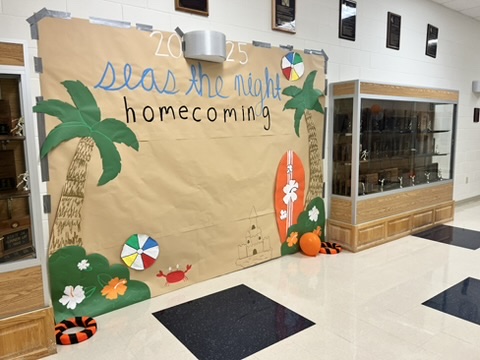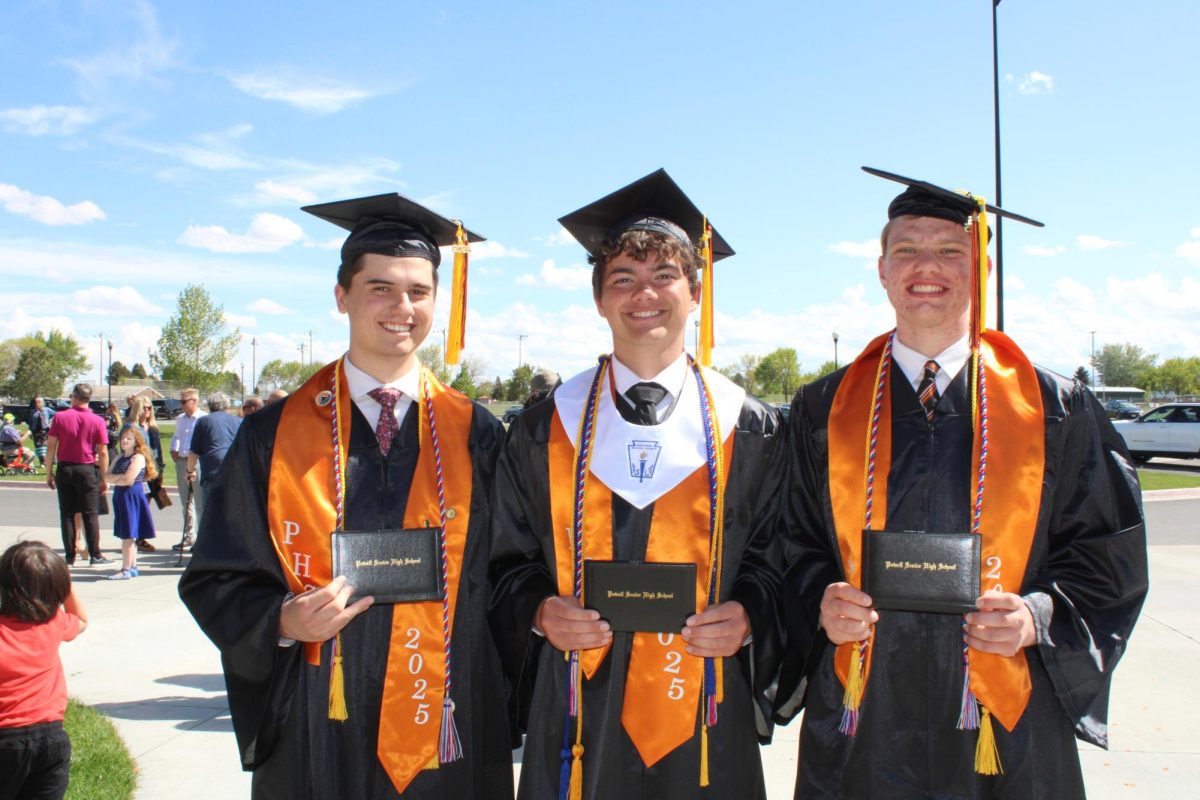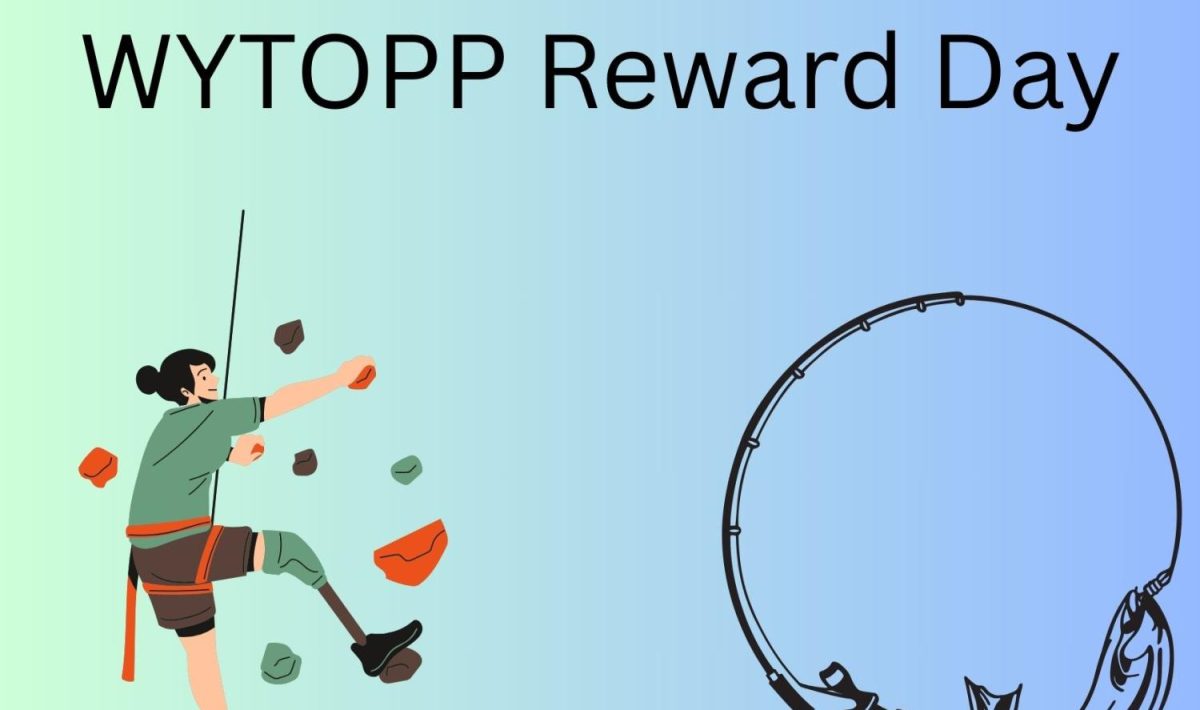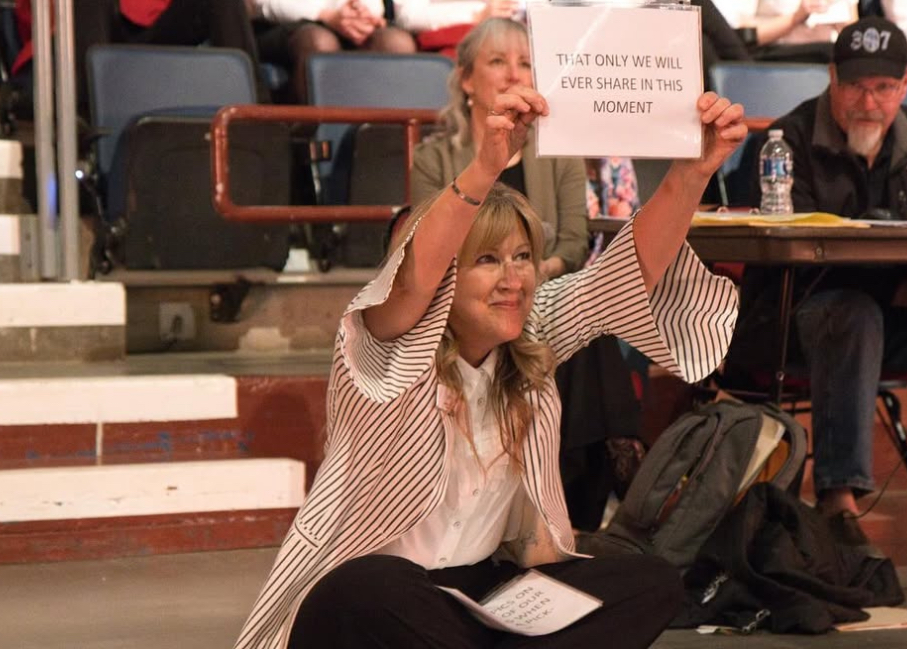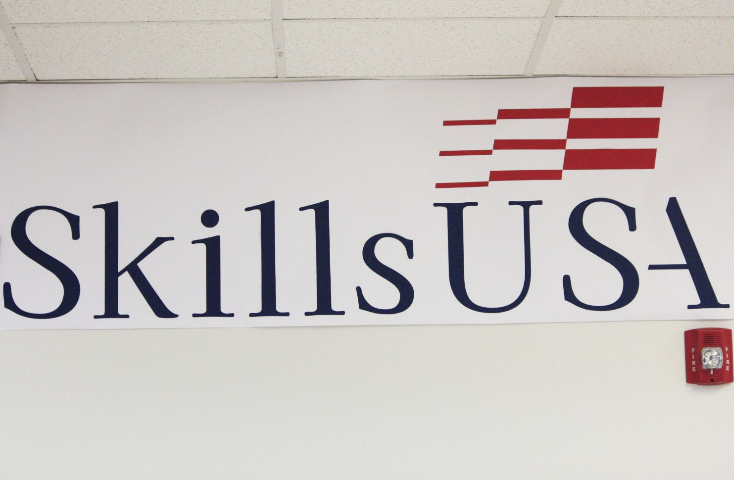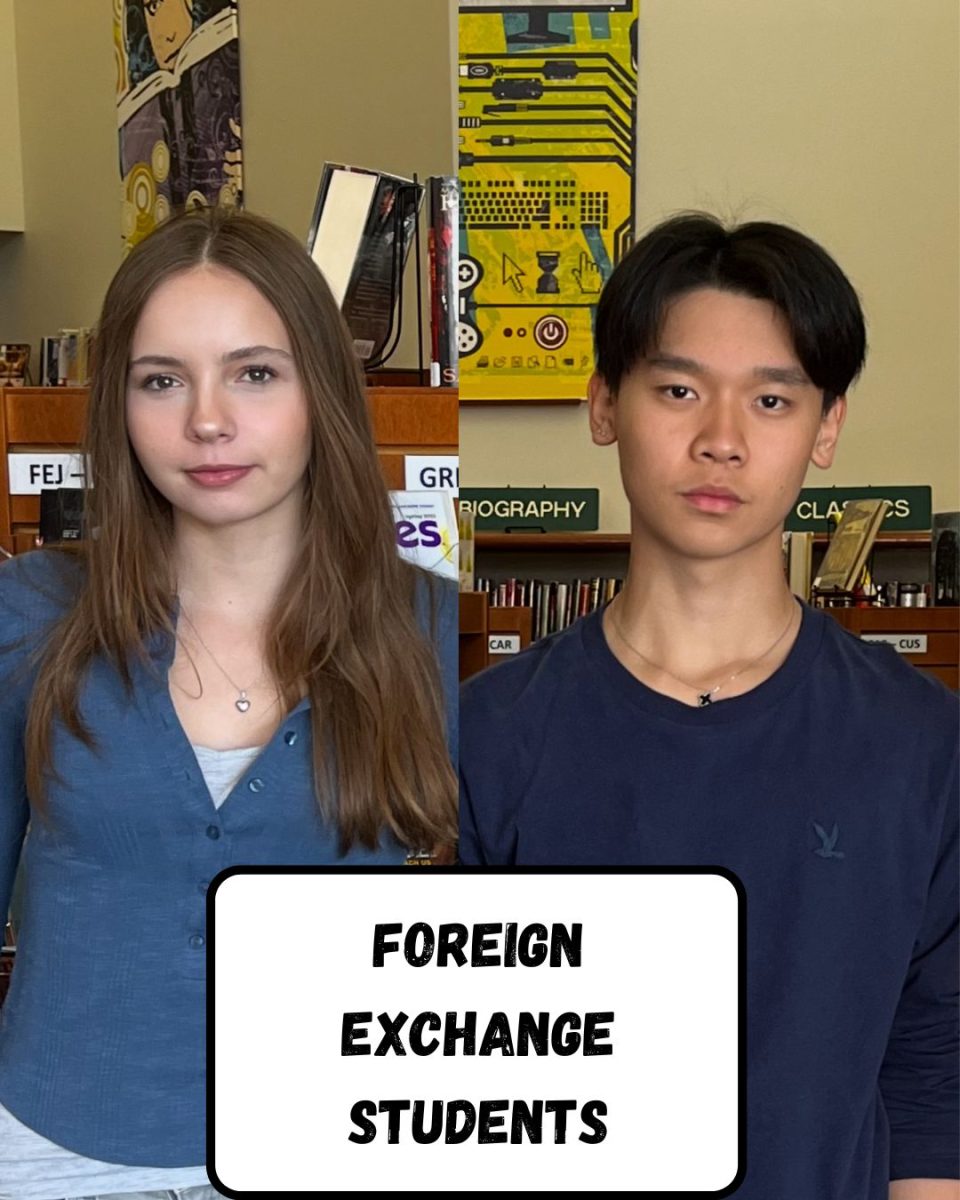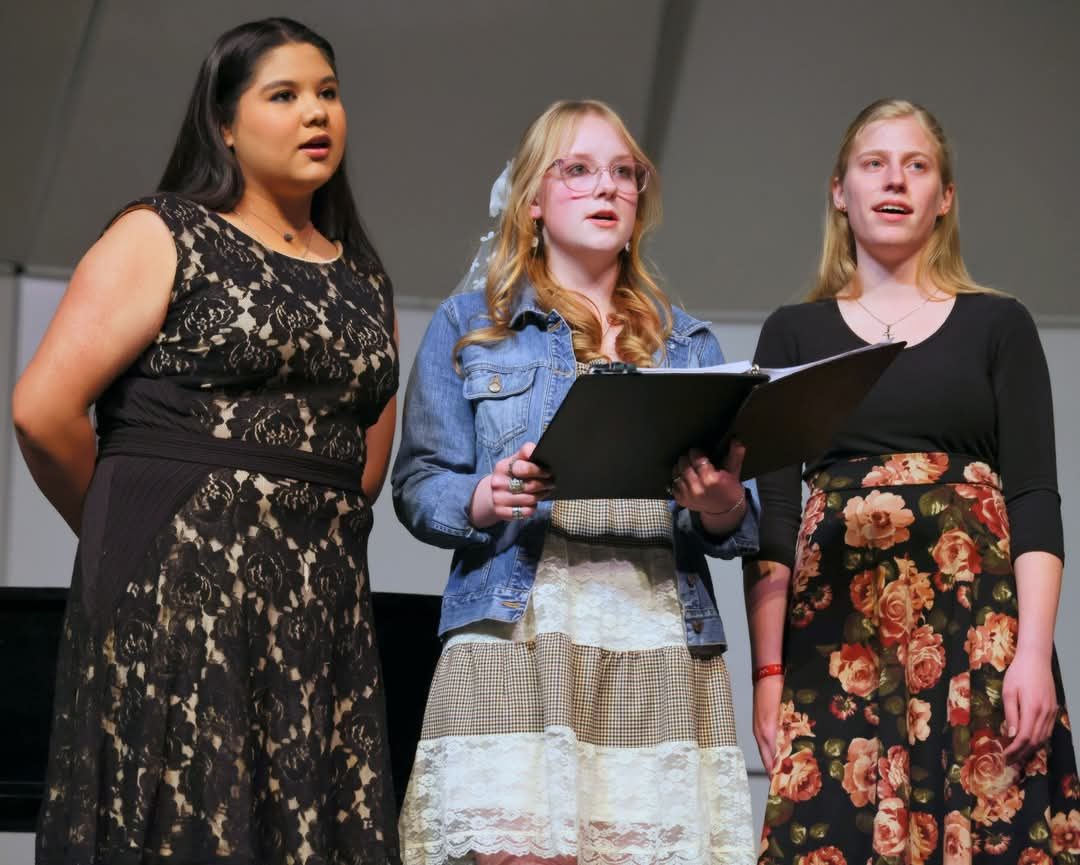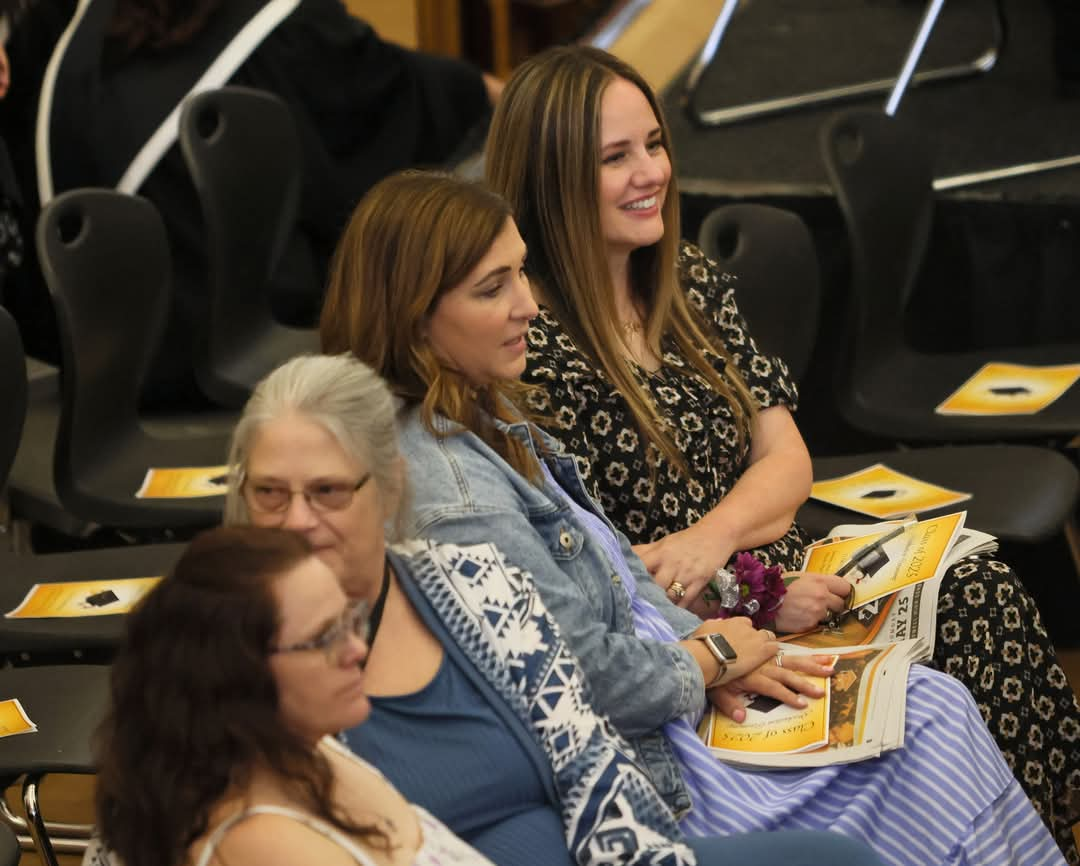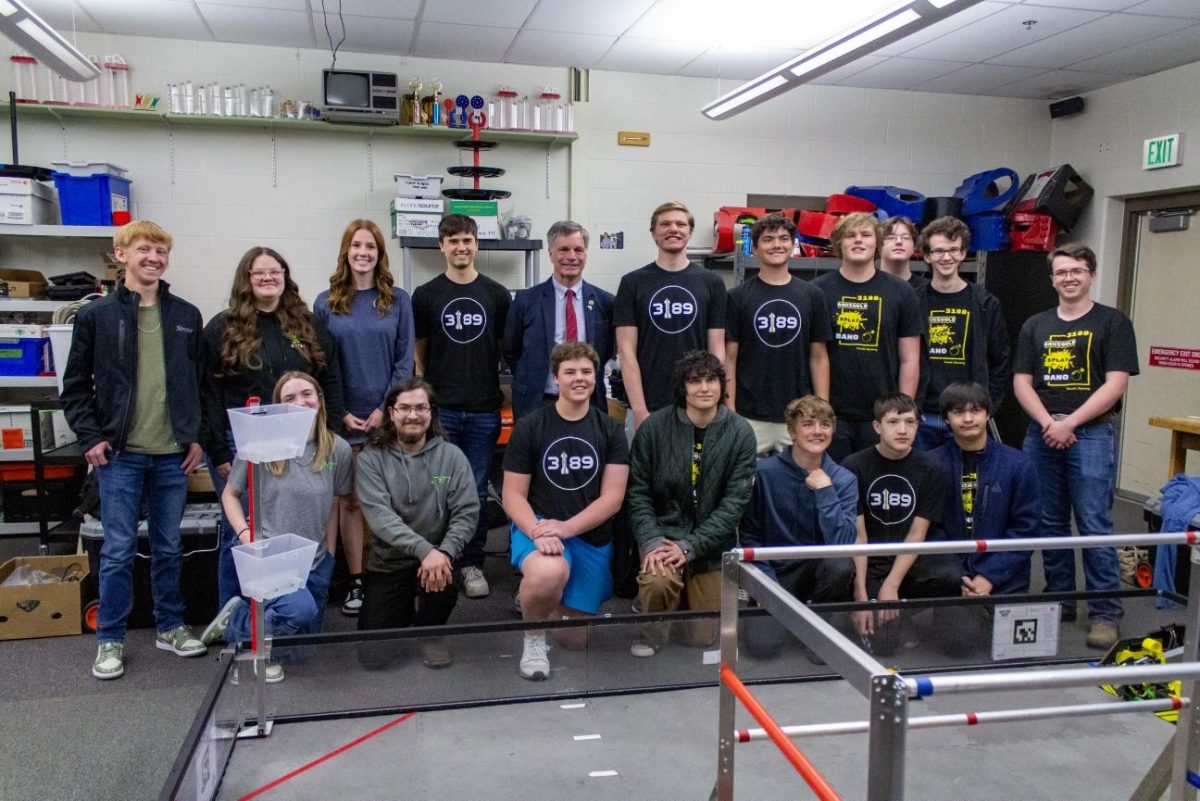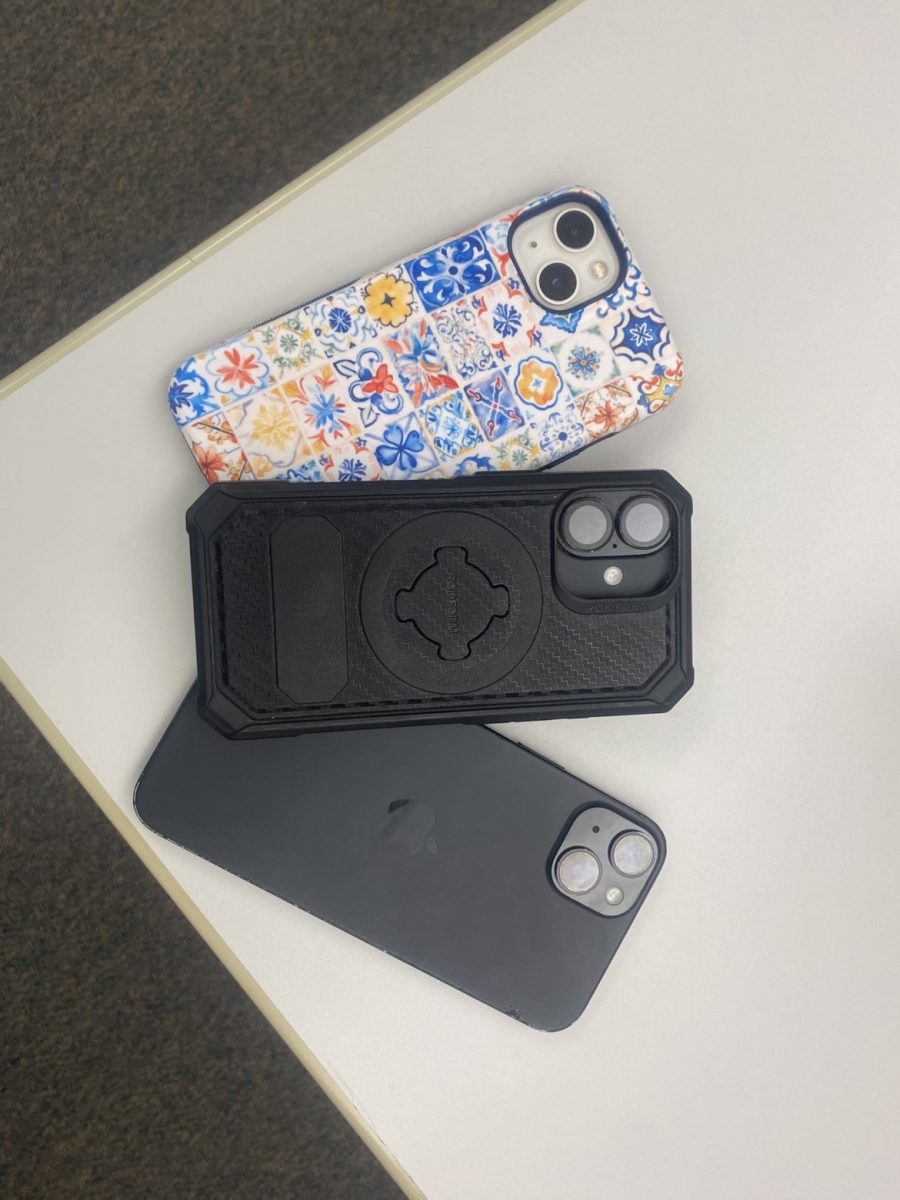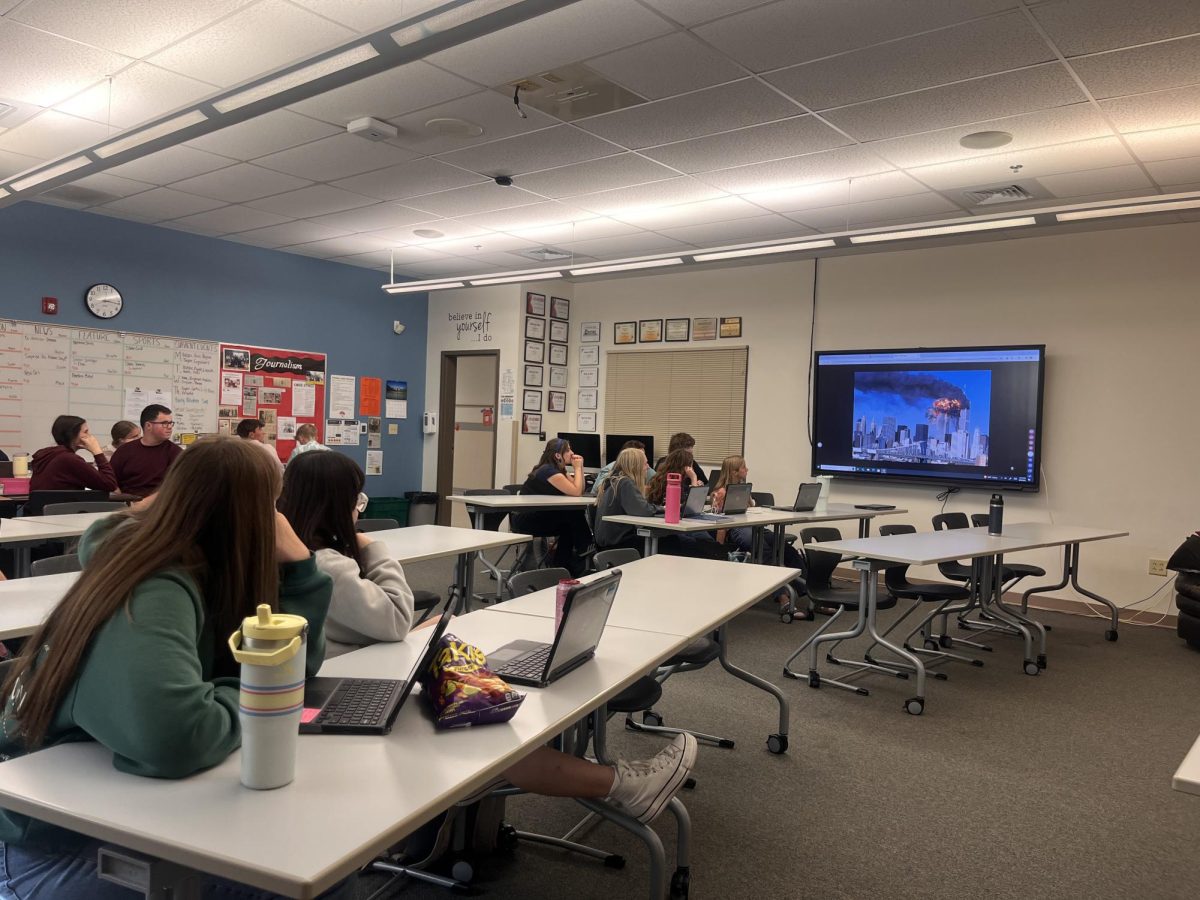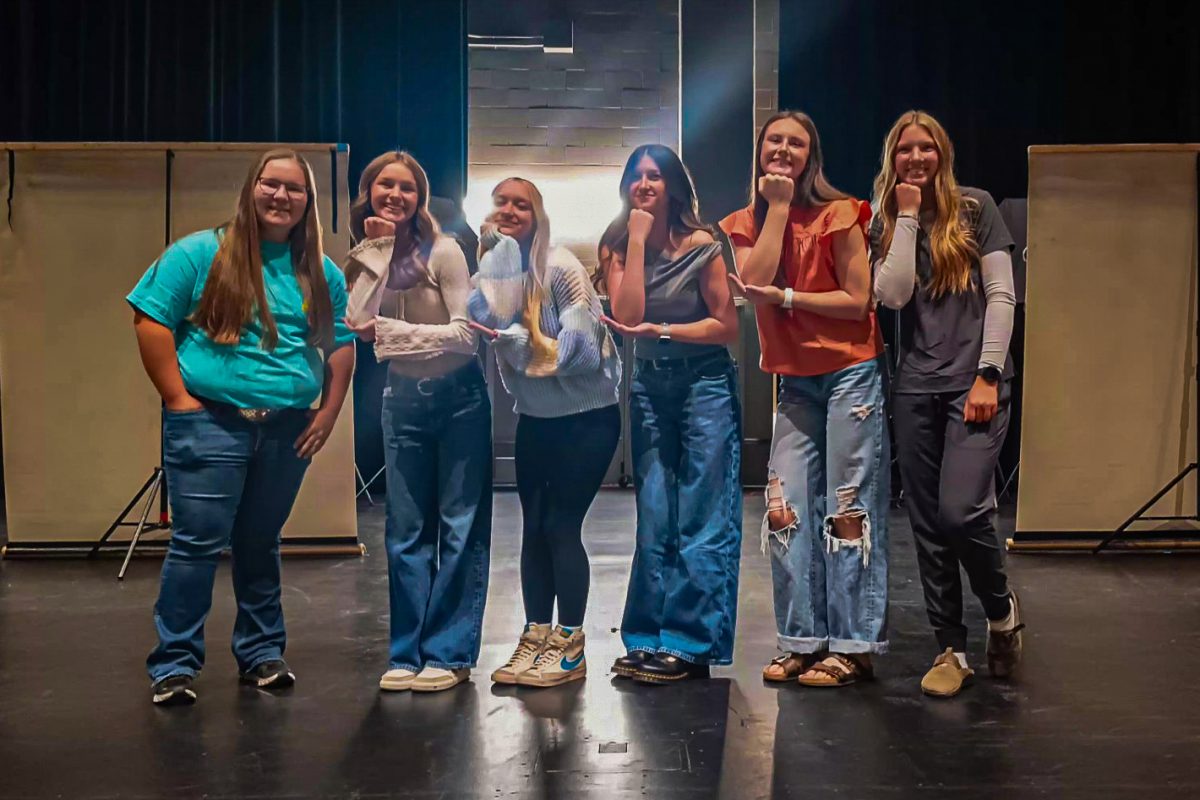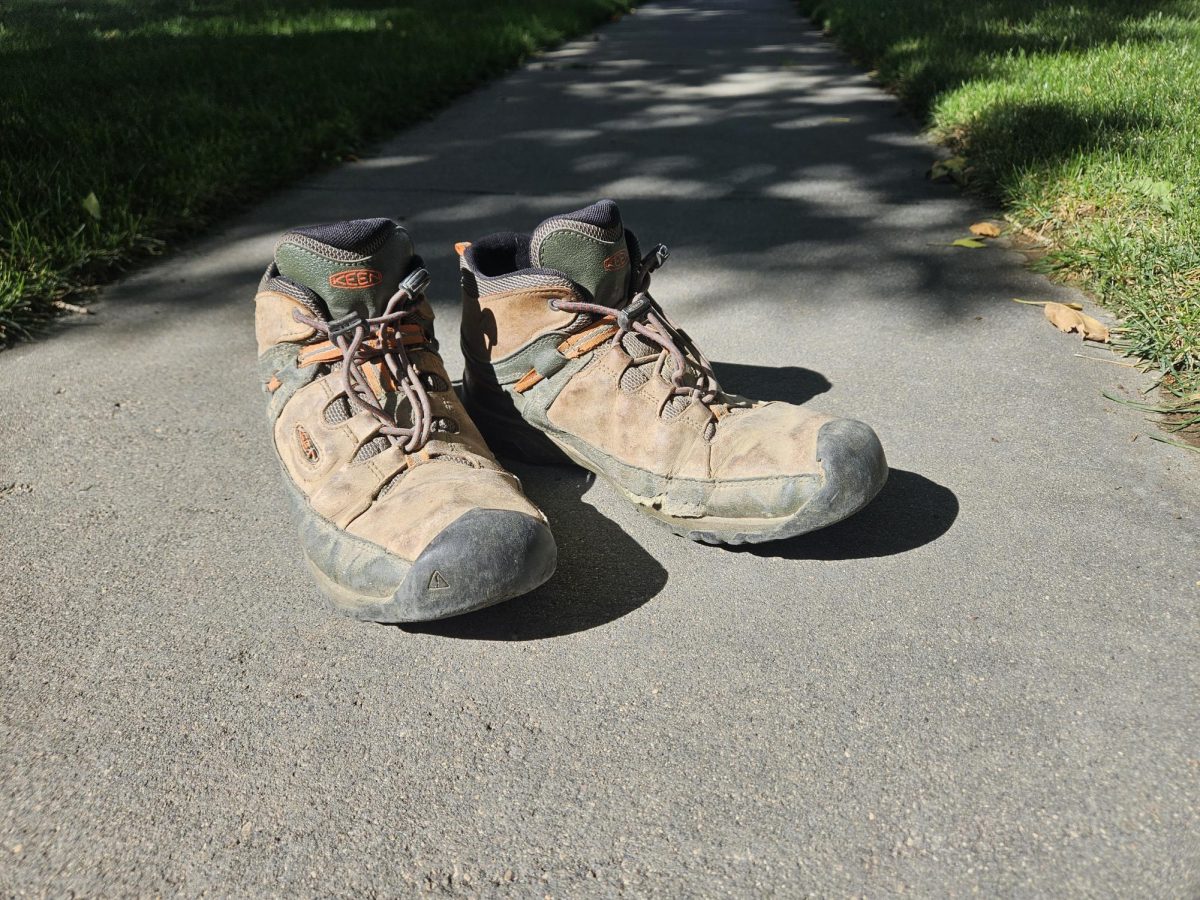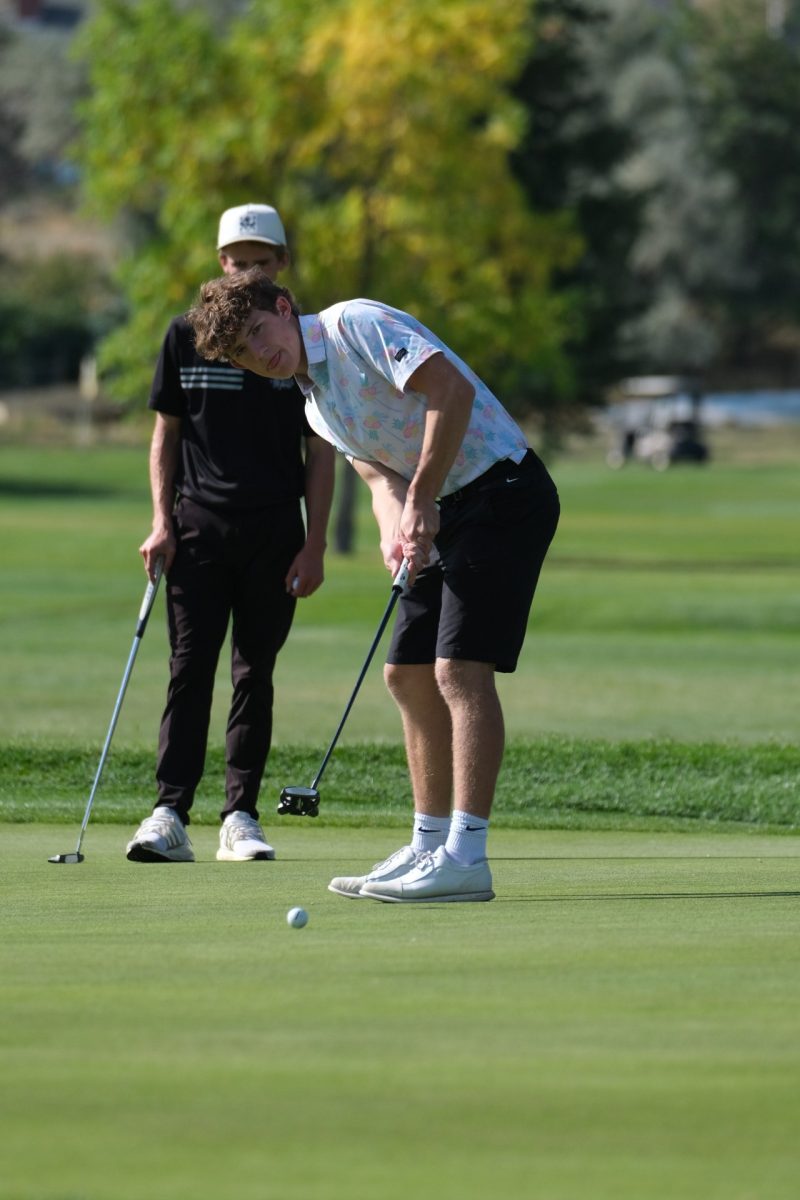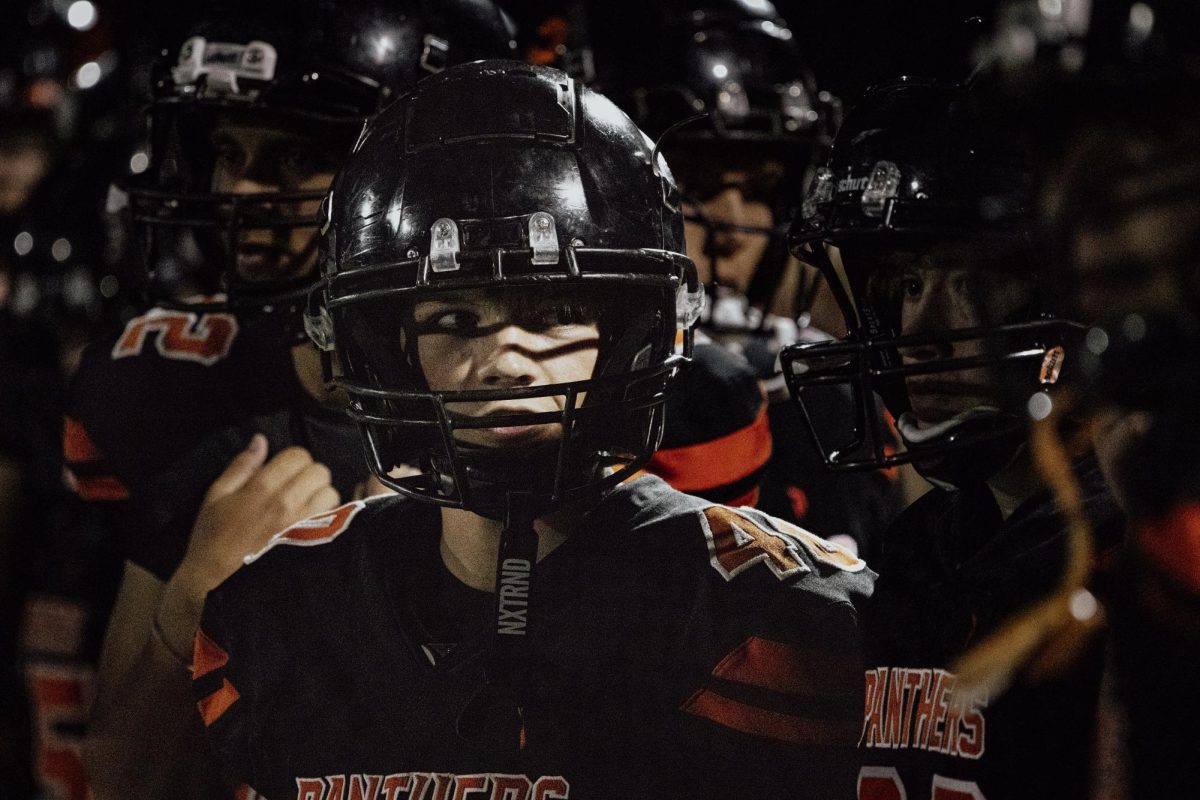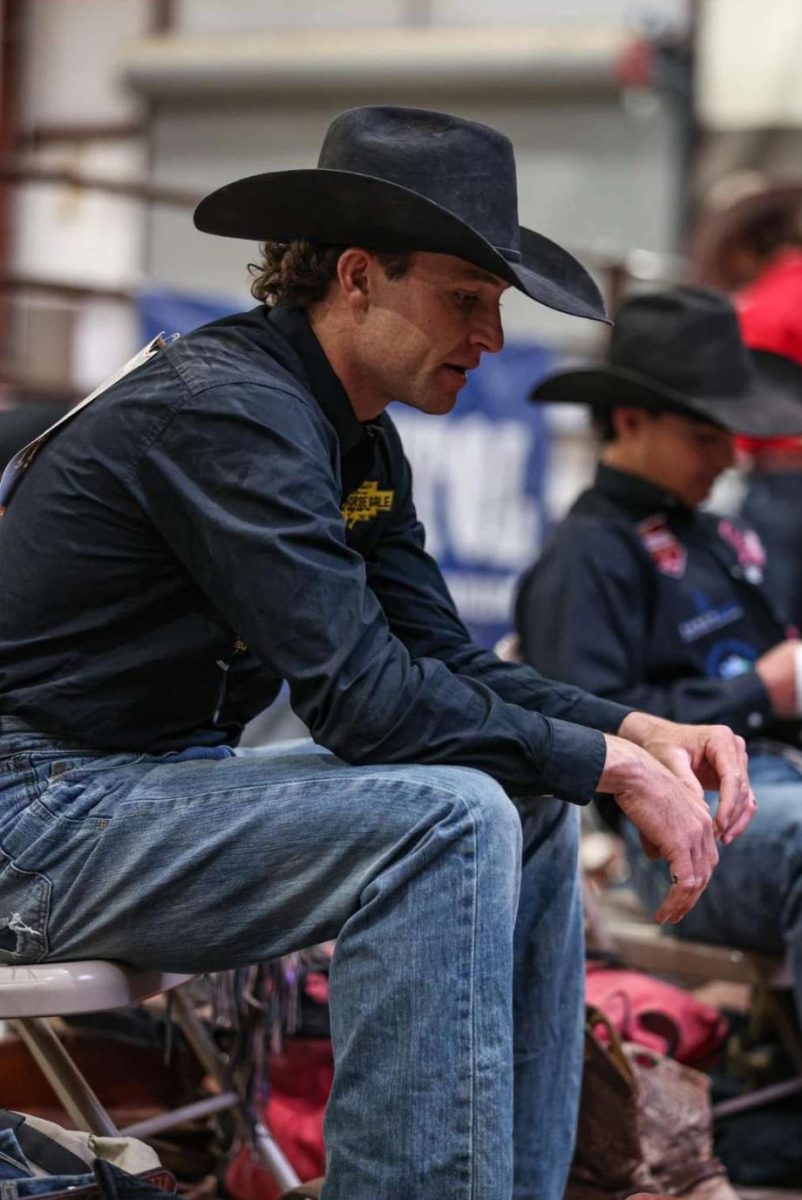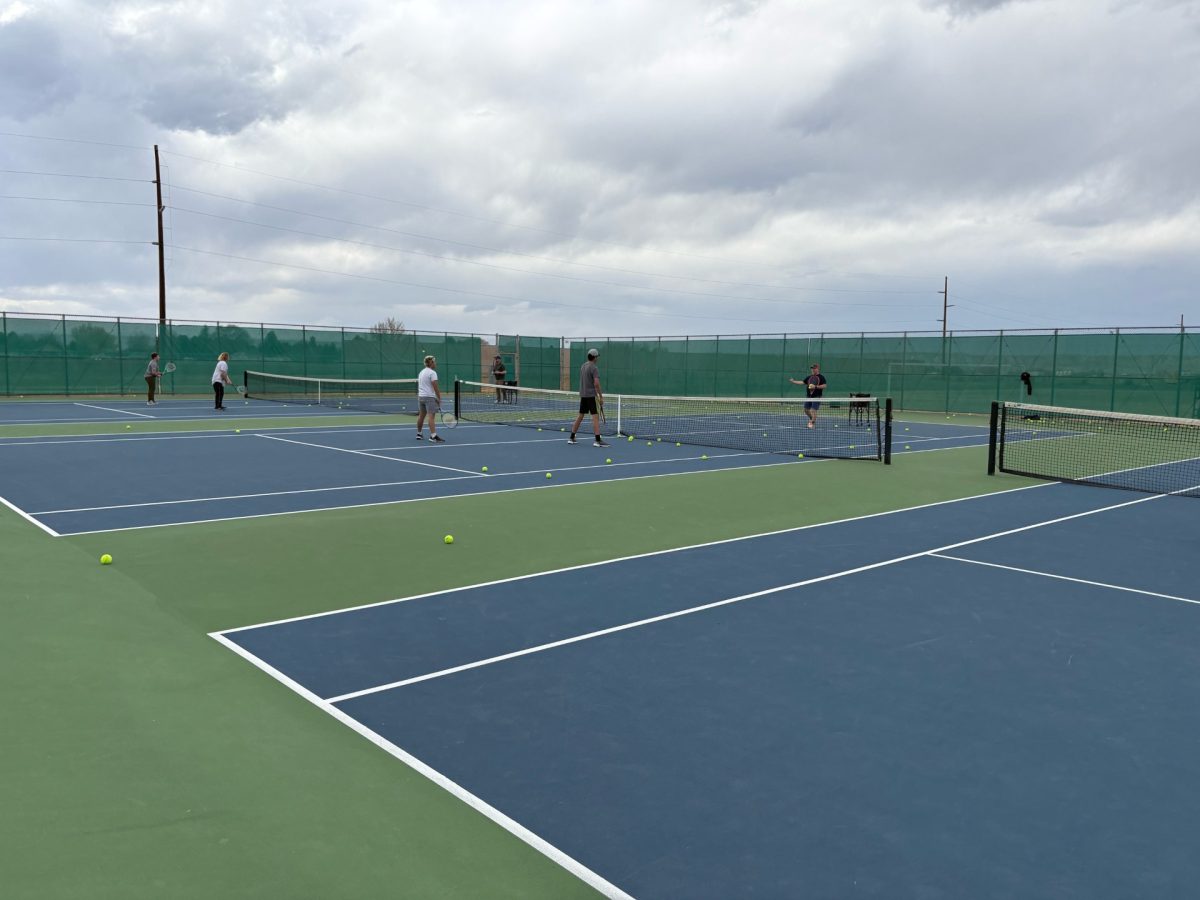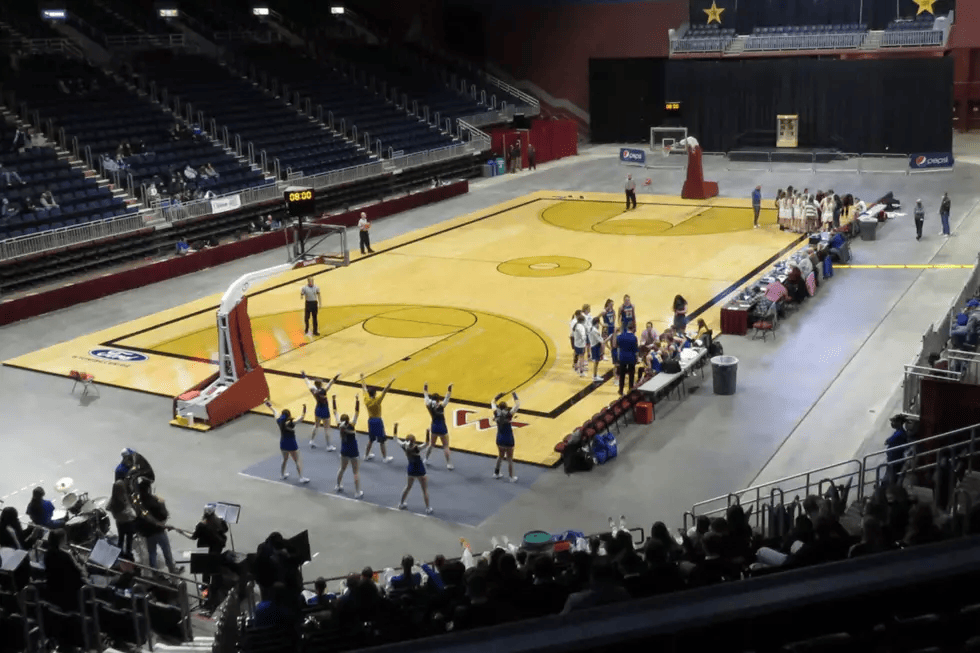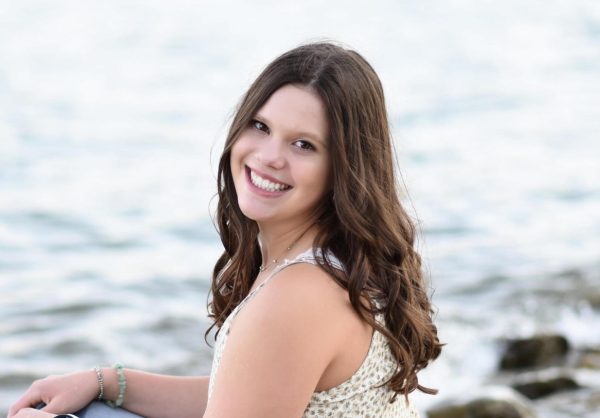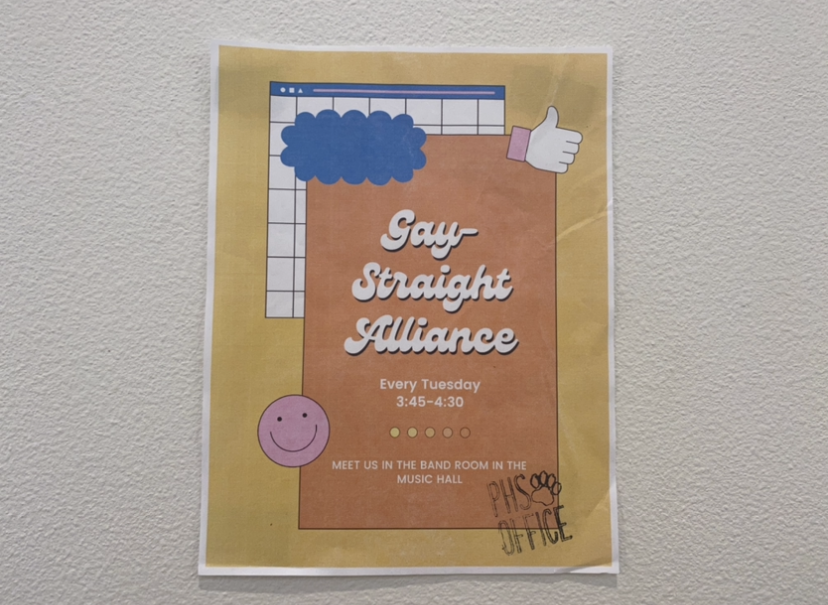CLUB REGULATIONS
An explanation of the strict restrictions and regulations surrounding clubs at PHS
A photo displaying a Gay Straight Alliance (GSA) flyer posted in a hallway of PHS. This flyer does not include a logo; it includes only meeting times and the name of the club which adheres to school policy.
Clubs and extracurricular activities are imperative when it comes to the success and happiness of the average high school student. They allow students to fall into their niche and feel a sense of belonging.
At Powell High School, clubs and student-led organizations are both welcomed and encouraged as long as they adhere to guidelines and rules regarding club conduct.
“We think it is a good thing to have student groups here at school,” Principal Mr. Tim Wormald said. “We want students to develop their leadership and have connections.”
Two of the prominent, active clubs at PHS include the Gay Straight Alliance and the Fellowship of Christian Athletes. These clubs have adapted in order to follow the regulations.
“We do our best to respect the restrictions put into place,” senior Anna Bartholmew said. “We just modify what we would normally like to do. For example, we can’t have logos on the posters we hang around the school, so we designed a poster without the FCA logo on it.”
Although some club leaders may believe that these regulations serve as inhibitors for their organizations, Mr. Wormald stresses that the regulations are put in place for good reason: to protect the rights of students and protect their education.
“We had to refine our policies and our practices to make sure that we are giving equal access to the opportunities we have for different student groups to meet on campus,” Mr. Wormald said. “[We] also had to make sure we are defining some limitations, so that the student-led groups aren’t getting into the area of being disruptive.”
Powell High School follows a federal law by the name of the Equal Access Act which in summary states that if schools are going to allow any student groups to meet on campus, then the school cannot discriminate based on the content of those student groups unless the group is disruptive or has the potential to be disruptive.
“We are not advocating one way or another for a social issue or religious viewpoint,” Mr. Wormald said. “As a school, we have to remain objective. We have decided that the best way for us to not blur that line is to limit groups to simply advertising meeting times and locations.”
PHS strives for equity and ensures each approved student-led organization is treated equally and fairly.
“Any student-led group that has been approved has the same opportunity to advertise and meet on campus during non-instructional time,” Mr. Wormald said. “It’s helpful in [the sense] that it clarifies expectations for staff and students. We have to remember that as a public school we have to remain neutral.”
Although the restrictions might not allow for all of the club’s ideas to be acted on, student organizations and leaders understand why these regulations are put in place.
“We totally understand the intentions behind the restrictions,” junior and GSA President Isabella Gomez said. “After all, even though they’re student-led, it’s still tied to the school and therefore representative of the school.”
Even though the restrictions may be beneficial in keeping the clarity of the rules, it creates a barrier for clubs who are attempting to increase participation.
“It is hard to get the word out to people of what FCA is and when we meet,” Bartholomew said. “On the announcements, we can only say ‘FCA,’ but what if people don’t know what FCA stands for?”
FCA and GSA are two of the most active clubs at PHS; however, that does not mean there is no room for other clubs. The administration is eager to accept more student-led organizations as long as they are willing to abide by the guidelines.

